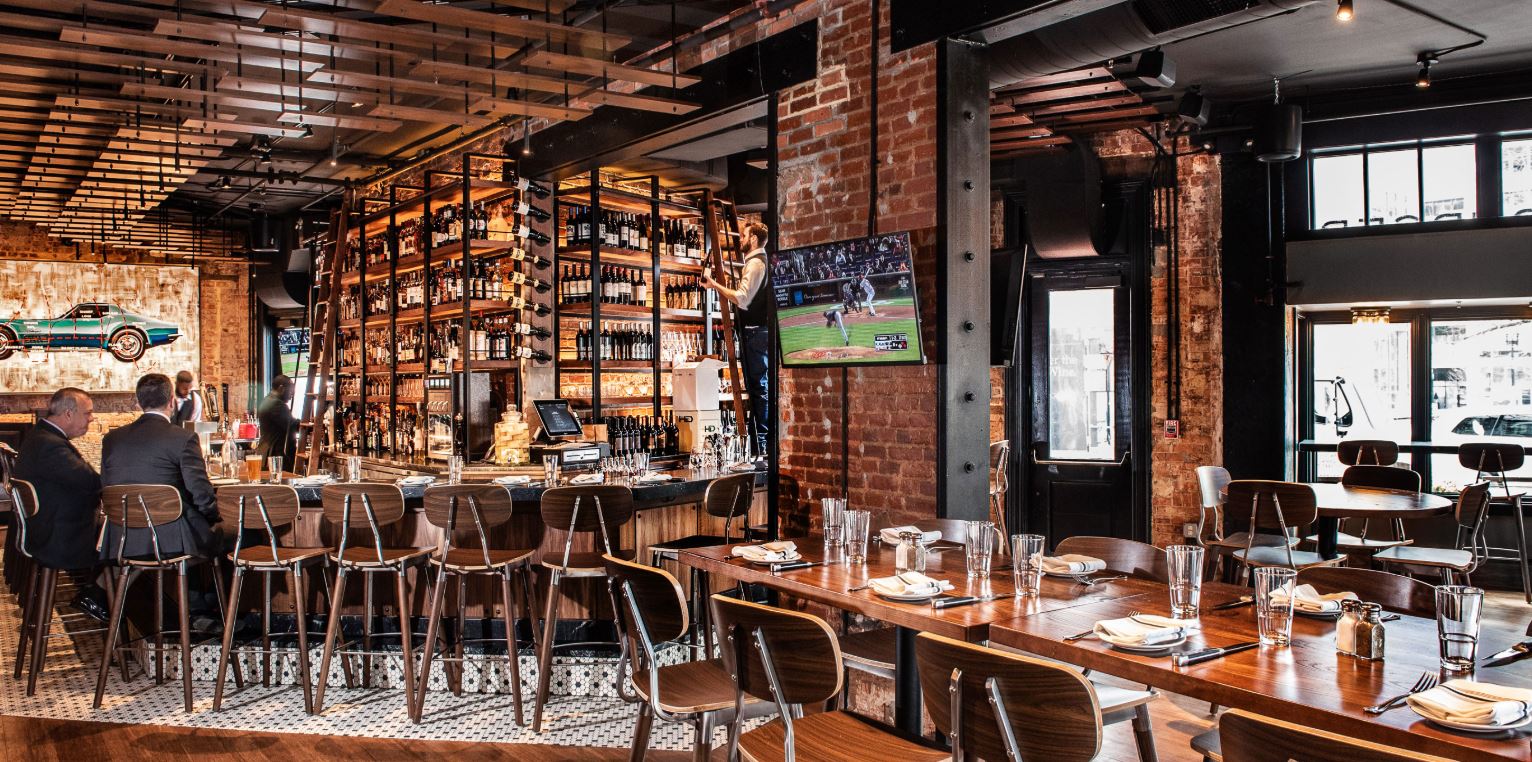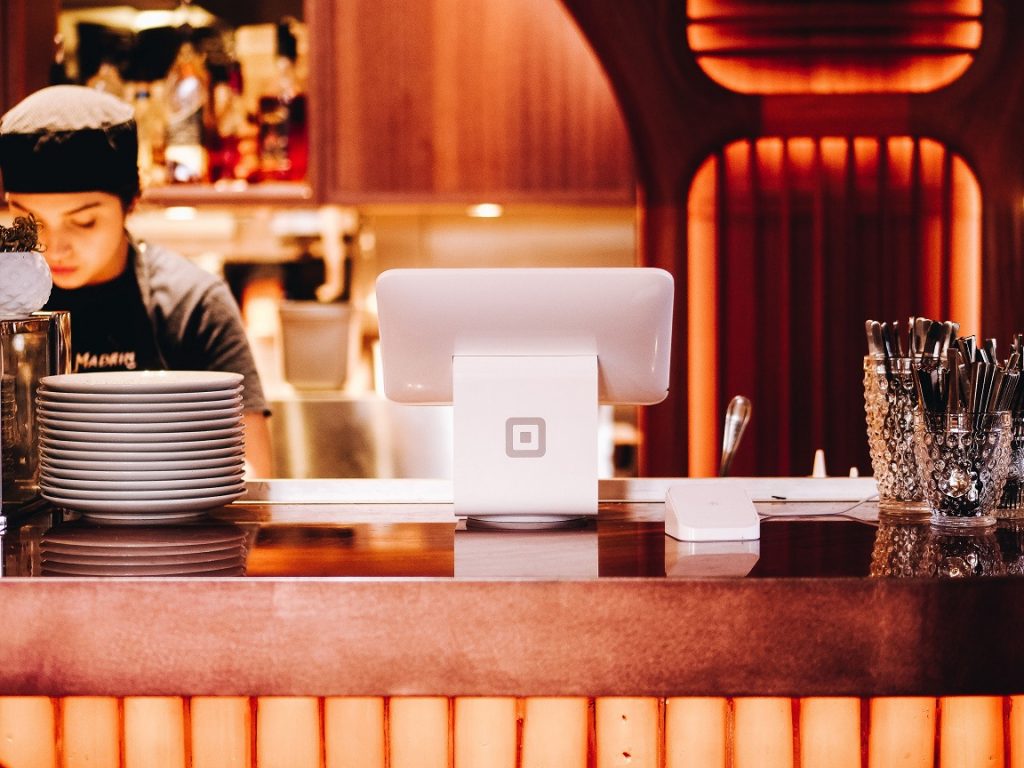Asian Restaurant ISB: A Must-Try Place for Food Lovers in Islamabad
Asian Restaurant ISB: A Must-Try Place for Food Lovers in Islamabad
Blog Article
Savor Authentic Asian Food With a Pan-Asian Twist for a Culinary Adventure
Getting started on a cooking journey with genuine Oriental cuisine, boosted with a Pan-Asian spin, uses a special chance to discover the abundant tapestry of tastes that specify the region's diverse cooking customs. As you consider these tempting dishes, consider the cultural stories and historical influences that form them, each bite using a story waiting to be uncovered. pan asian dining Islamabad.

Checking Out Pan-Asian Tastes
In the world of international gastronomy, Pan-Asian cuisine stands out for its impressive diversity and the unified interaction of flavors from numerous Oriental societies. This culinary technique celebrates the abundant practices and distinct components located throughout the continent, creating a tapestry of preferences that is both rewarding and interesting. Key to Pan-Asian cuisine is its capacity to stabilize different tastes-- pleasant, salty, spicy, and sour-- while highlighting the freshness and top quality of each active ingredient.
From the umami-rich soy sauce of Japan to the fiery chili peppers of Thailand, Pan-Asian food offers a substantial scheme of tastes. These elements are typically incorporated in inventive means, enhancing meals with layers of complexity. For circumstances, using great smelling herbs such as lemongrass and cilantro, usual in Vietnamese and Thai cuisine, adds a refreshing brightness to meals, while the unification of coconut milk supplies a velvety, abundant structure.
The emphasis on fresh fruit and vegetables and fragrant seasonings ensures that each meal is not just a feast for the palate but likewise for the senses. Pan-Asian cuisine invites diners to begin on a cooking trip, discovering the vast and varied landscapes of Eastern gastronomy with every bite.
Fusion Recipes to Attempt
While Pan-Asian cuisine is commemorated for its standard tastes, the contemporary culinary landscape is significantly accepting fusion recipes that mix these traditional aspects with influences from other areas. This innovative technique not just honors the abundant heritage of Asian culinary arts but additionally presents unique taste experiences that interest modern palates.
An archetype of such a fusion meal is the Korean-Mexican taco, where seasoned bulgogi beef is covered in a warm tortilla, covered with kimchi and a spicy gochujang-infused salsa. This mix marries the bold, savory flavors of Korea with the dynamic, fresh aspects of Mexican cuisine. Likewise, sushi burritos have acquired appeal, amalgamating the delicate virtuosity of Japanese sushi with the hearty, hand-held comfort of a burrito, frequently featuring blend ingredients like tempura shrimp and avocado with a drizzle of wasabi mayo.
Another significant dish is Thai curry ramen, which infuses the velvety, fragrant spices of Thai curry right into the soothing brew of typical Japanese ramen, creating a harmonious blend that tantalizes the senses. These fusion dishes prolong past plain novelty; they represent a cooking dialogue in between societies, urging exploration and advancement on the planet of Pan-Asian food.
Necessary Active Ingredients and Spices
To absolutely value Pan-Asian food, one need to understand the important active ingredients and seasonings that develop its foundation. This diverse cooking design attracts from a rich tapestry of Asian traditions, employing an unified mix of tastes and structures.
Fragrant components are essential, with lemongrass, ginger, and garlic being common throughout different Pan-Asian recipes. These ingredients offer a fragrant base that improves the complexity of flavors. Spices such as star anise, cardamom, and cinnamon introduce warmth and character, echoing influences from regions like China and India.

Food Preparation Methods and Tips
Mastering the art of Pan-Asian food needs knowledge with its unique cooking strategies, each adding to the vivid tapestry of tastes this culinary practice is celebrated for. Central to these approaches is the stir-fry, a fast cooking technique look at this now that maintains the nutritional honesty and dazzling shades of ingredients. Using a wok, the stir-fry technique permits also warmth distribution, essential for achieving the characteristic structure and taste balance of Pan-Asian meals.
An additional fundamental strategy is steaming, particularly prevalent in Chinese cuisine. This mild approach preserves the natural flavors and nutrients of ingredients, making it perfect for seafood and veggies. Dumplings, a precious staple, frequently gain from steaming, leading to soft, delicious textures.
Cooking, additionally important, imparts great smoky depths to recipes such as Oriental bulgogi or Japanese yakitori (asian restaurant isb). This technique typically includes seasoning components, allowing flavors to pass through deeply before cooking over an open flame or warmer
Last but not least, mastering the art of balancing tastes-- sweet, sour, salted, bitter, and umami-- is crucial. Effectively layering these components can boost a meal from common to extraordinary, supplying a facility and satisfying cooking experience that personifies the significance of Pan-Asian cuisine.
Dining Experiences Worldwide
Around the world, Pan-Asian pop over here food uses an unrivaled dining experience, commemorated for its abundant tapestry of flavors and dynamic discussions. This cooking phenomenon has actually gone beyond social boundaries, capturing the hearts and tastes of food enthusiasts worldwide. In cosmopolitan cities fresh York, London, and Sydney, Pan-Asian dining establishments work as melting pots where culinary customs from Thailand, Japan, China, and beyond assemble, giving diners with an eclectic mix of recipes that highlight the region's diversity.
The global appeal of Pan-Asian cuisine depends on its capability to use both credibility and innovation. Chefs skillfully marry traditional components such as lemongrass, soy sauce, and miso with contemporary methods, causing recipes that are both familiar and refreshingly new. This blend permits restaurants to start a cooking trip that appreciates heritage while welcoming modernity.
Additionally, eating experiences are boosted through thoughtfully created atmospheres that show the ethos of Pan-Asian appearances. From minimal Japanese-inspired insides to lively Thai-themed areas, each restaurant offers an unique setting that matches the culinary offerings. Therefore, clients are not just eating a dish yet partaking in a social experience, making Pan-Asian dining a really global phenomenon.
Verdict
The expedition of Pan-Asian food supplies an extensive understanding of the complex interplay of flavors and cooking practices throughout Asia. By embracing fusion dishes such as Thai curry ramen and sushi burritos, the culinary trip not only highlights the versatility of conventional ingredients however also showcases cutting-edge contemporary strategies. This gastronomic experience, enriched by cooking techniques and important seasonings, supplies a special opportunity to value the multiculturalism and culinary virtuosity that specify Pan-Asian cuisine on a global scale.
Embarking on a cooking trip via authentic Oriental cuisine, improved with a Pan-Asian twist, supplies a distinct possibility to explore my review here the abundant tapestry of tastes that define the region's varied cooking customs.In the world of worldwide gastronomy, Pan-Asian food stands out for its amazing diversity and the unified interaction of flavors from various Eastern cultures. Key to Pan-Asian cuisine is its ability to stabilize different flavors-- pleasant, salty, spicy, and sour-- while highlighting the quality and top quality of each active ingredient.

Report this page